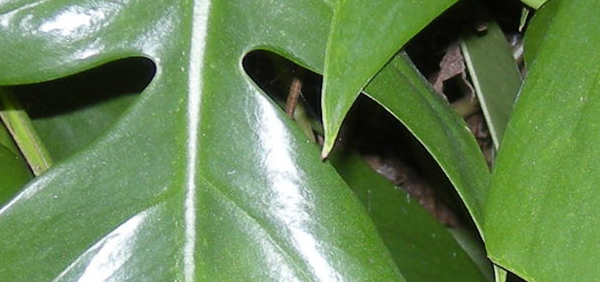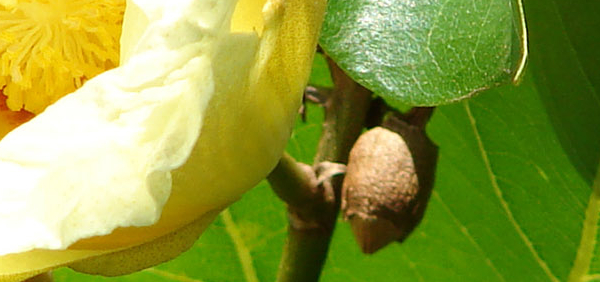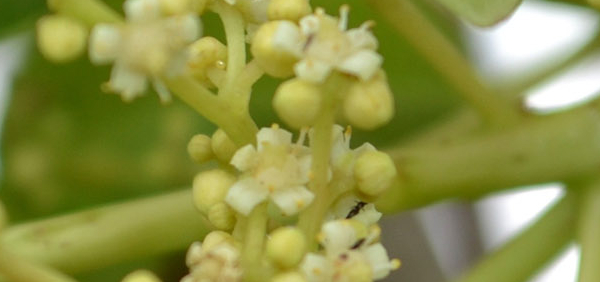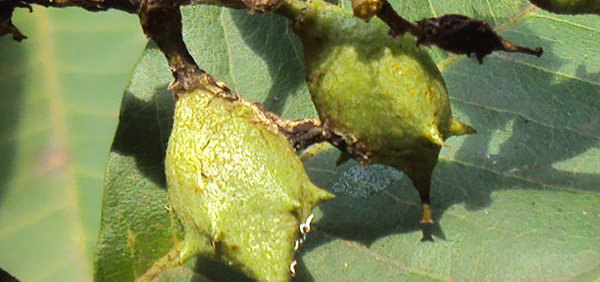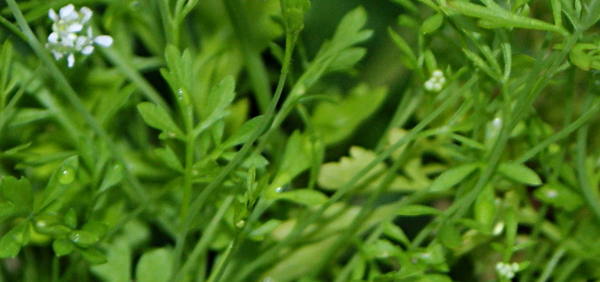mendhi :

Substitute:
Lawsonia inermis (henna) extract: A possible natural substitute to eosin stainAdultrants:
Adulteration of henna is done with various chemicals such as p- phenylenediamine (PPD), p-methylaminophenol, p-aminobenzene and p-toluenodiamine to produce a variety of colours. PPD is mixed with the natural henna and sold as “black henna.” PPD has resulted in serious health problems, including allergic reactions, itching reactions etc. its
adulterant Mirabilis jalapa can be distinguished from
Lawsonia inermis by the presence of irregular shaped
epidermal cells which are 80µm in length and 29.8µm in
width, stomata anomocytic and tetracellular trichomes
Controversy:
Henna is an important but a controversial drug in market in Indo-Pak subcontinent. Due to the adulteration and use of other species as source of henna powder in trade, the drug has become adulterated. In view of the extent of adulteration attached to this drug, it was deemed necessary to study the market samples to ascertain their botanical identity.Commercial value:
oil is not of commercial importance, but is sometimes used locally for purposes such as anointing the bodyHenna (Lawsonia sp.) is a rainfed plantation crop commercially cultivated in Rajasthan on 32,084 ha (2001-02) for its leaves, which are important
source of a natural dye.
In henna crop, leaves are harvested as a produce of commercial value from the second year onwards. Though, henna cultivation was
introduced long back in the semi-arid Rajasthan, specifically in the Sojat
area of Pali district, no detailed economic analysis has been carried out so
far
- » Classification and names of mendhi
- » Synonyms and definitions of mendhi
- » Drug Properties of mendhi
- » Chemical Constituents of mendhi
- » Standardization of mendhi
- » Parts used and Dosage of mendhi
- » Morphology and Histology of mendhi
- » Distribution and Conservation of mendhi
- » Cultivation of mendhi
- » mendhi in the market
- » Medicinal Uses of mendhi
- » Researches and clinical trails of mendhi
- » mendhi in other sytems of medicine
- » Ayurvedic formulations with mendhi
- » Images of mendhi




